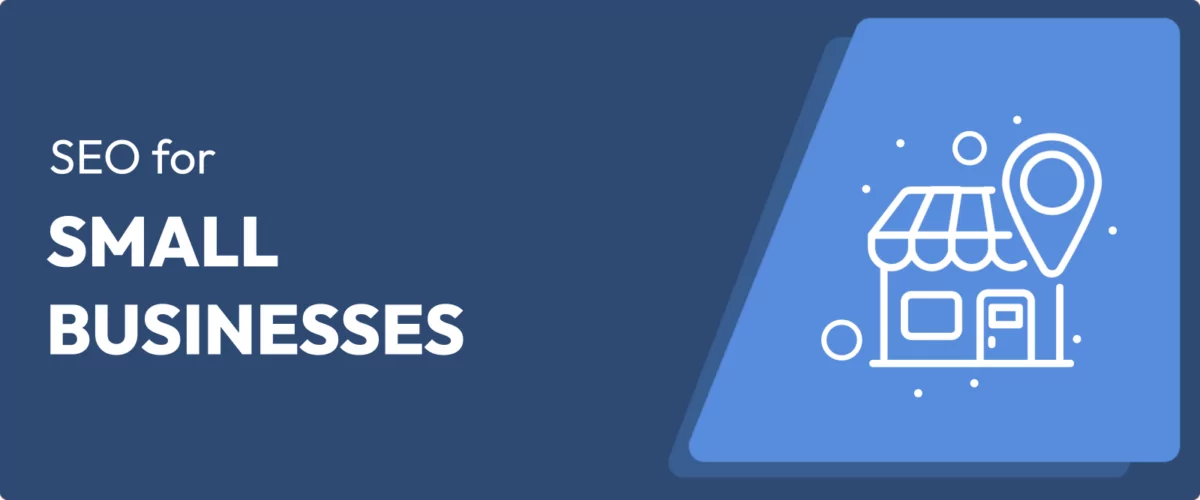
In this post
Are you looking for the best SEO for small business? If so, you’re on the right path – we have your back as always.
I think you will agree when I say: Getting SEO down pat is often a hard nut to crack for small businesses.
But we will change all that. We will show you how we rank on the first page of Google for keywords such as “best WordPress chatbot plugins“:
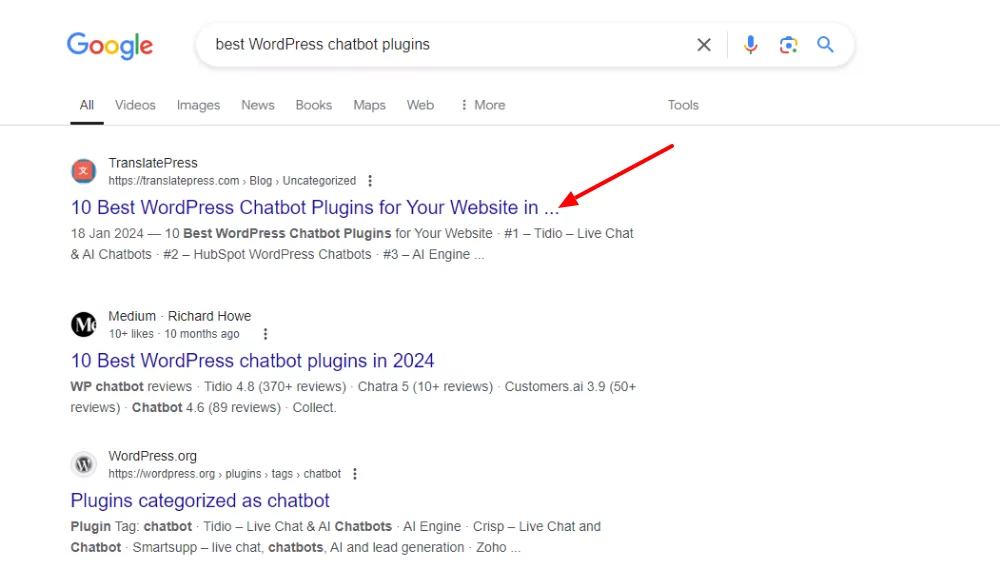
Or “WooCommerce payments vs PayPal“:
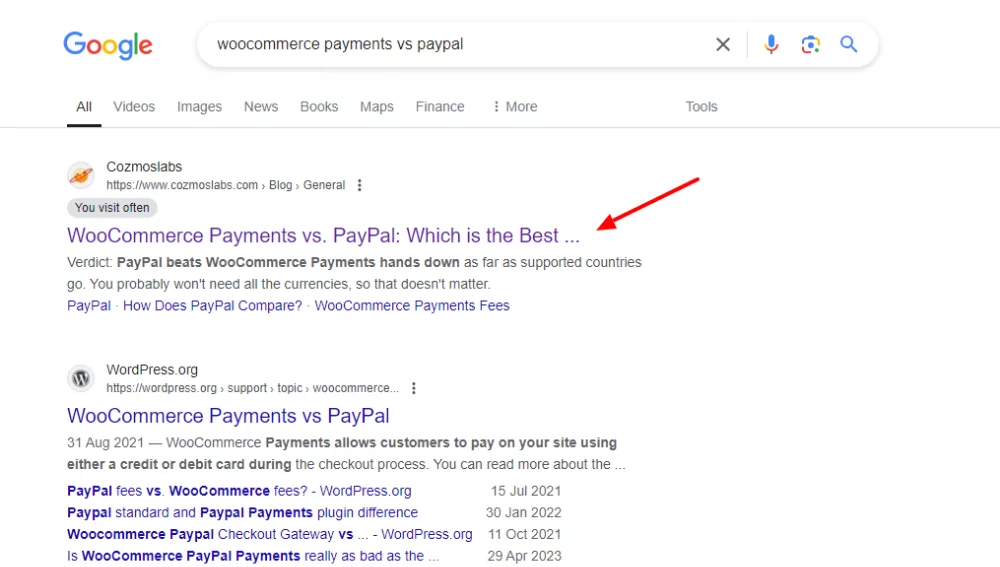
And many other keywords.
“But I am a small business!” You say. We get you. We understand that:
First, small businesses most likely have to work with a limited marketing budget. Deploying large-scale SEO campaigns, then, becomes challenging, if not impossible.
For instance, you might not have the money to acquire the needed SEO tools or hire the required talent. You can do so much with a small budget, right?
Then you have to compete with the big fish. You know – big businesses and corporations with expensive marketing departments and ad spending to throw around.
You can’t blame them. Everybody wants that elusive number-one position in Google.
Stiff competition means these big companies dominate the top results in search engines. They can also deploy far-reaching SEO campaigns in a snap of a finger.
For most small business owners, this might make you feel like SEO is not worth pursuing. But you couldn’t be further from the truth. SEO is a sustainable long-term strategy to drive relevant organic traffic to your website. Did I mention it’s inexpensive?
Yes. You can give it to your competition, however fierce, and score high Google rankings without running your coffers dry.
Not to brag, but from the above screen grabs, you can see we are outranking the likes of WordPress.org, WooCommerce, and Zendesk 🙂
Scroll to learn more.
What is the Best SEO for a Small Business?
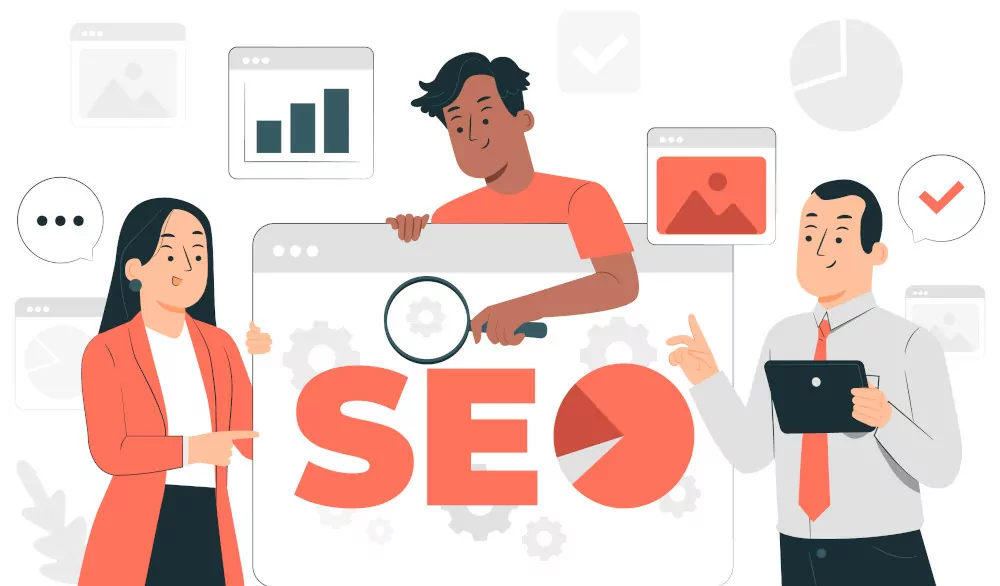
Before we answer that question, let us talk a bit about SEO.
What is SEO, and what does it entail? And, more importantly, can you pull it off as a solopreneur or a small business with a limited budget?
The answer to the second question is a big YES! You can drive targeted organic traffic to your website with SEO without breaking the bank.
Search engine optimization (SEO) involves fine-tuning your content and website to rank higher in search engine results pages (SERPs).
For absolute beginners, that means ranking on the first page in Google, Yahoo!, Bing, Yandex, Baidu, and other search engines.
That way, more people can find your website for relevant search queries.
If prospects find what you offer, you’re one step closer to converting them into loyal and paying customers.
By the way, did you know Google has about 85 billion monthly visitors? Do you know what that means?
A well-executed SEO strategy drives huge volumes of relevant traffic to your website. Again, without spending a fortune.
Search engine optimization is split into three main components. You have On-Page SEO, Off-Page SEO, and Technical SEO.
Let us discuss each component quickly, so you know what needs fixing or implementing.
On-Page SEO for Small Business
On-page SEO involves all the optimization activities you apply directly to your website to boost its visibility and ranking. It covers all the various elements contributing to the quality and relevance of your website content.
First, you must endeavor to create high-quality, informative, and engaging content that meets the needs of your target audience.
Second, you must optimize your content for your keywords. This is called keyword optimization and it involves strategically placing your keywords in the body text, meta description, alt text, page title, and headings. This helps human visitors and search engines understand the topic of your content and match it with relevant search queries.
Third, you have internal linking, which helps search engines discover more of your content and improve user experience since you can guide visitors to additional relevant content.
Speaking of links, ensure your URLs are short and contain the relevant keywords.
Well-structured URLs can boost click-through rates and help search engines index your content quickly.
Finally, on-page SEO involves multimedia optimization, which most people often forget. This includes using relevant alt text and file names and ensuring your multimedia content is optimized to load quickly.
Off-Page SEO for Small Business
Off-age SEO involves all optimization techniques you apply outside your website. The aim is to boost your website’s authority, trustworthiness, and popularity on other websites.
First, earning backlinks from reputable websites is a surefire way to boost your SEO rankings. These links tell search engines you’re the real deal and your content is valuable and trustworthy.
Secondly, social media can help you boost visibility by driving more traffic to your site and increasing your chances of acquiring backlinks. On top of that, actively engaging with your social media audience can boost brand awareness and authority.
Another element of off-page SEO is guest blogging. This involves posting articles on other websites to drive traffic, build authority, and earn backlinks.
And lastly, off-page SEO involves influencer marketing. Here, you collaborate with experts within your niche to amplify content visibility. Influencers share your content with their audiences to drive more traffic to your site and increase the likelihood of earning backlinks.
Technical SEO for Small Business
Lastly, we have technical SEO. As the name suggests, this involves all the backend aspects of your site that affect performance and how search engines crawl and index your content.
First, there is the issue of speed optimization. Nobody likes a slow website. Websites that take forever to load have high bounce rates, which tells search engines you aren’t worth high rankings. Consider techniques such as image compression, caching, and code minification.
Secondly, you want to ensure your website is responsive and mobile-friendly. Google uses mobile-first indexing meaning they reward mobile-ready websites.
On top of that, technical SEO involves fixing crawlability and indexability issues. This includes adding an XML sitemap, fixing the robot.txt file, and eliminating duplicate content.
That is not all. You must ensure your website is secure and uses an SSL certificate. Google rewards secure websites with higher rankings, and will let the world know if you don’t use HTTPS. I’m sure you have seen those warnings about a website not being secure.
Under technical SEO, we also have structured data, better known as schema markup. This can help search engines and human visitors understand your content better. It enhances your search results with rich data and snippets, such as operating hours, reviews, ratings, product details et cetera.
So, what is the best SEO for small businesses? Well, a great strategy will involve all the three components. It should also be affordable and flexible as you grow your business.
On top of that, we cannot emphasize the importance of high-quality content and seamless user experience.
These are some things to consider even when looking for the best SEO services for small businesses. Ask your SEO expert these questions.
With the basics out of the way, let us delve deeper and learn how to implement the best SEO for small businesses.
How to Implement the Best SEO for Small Business
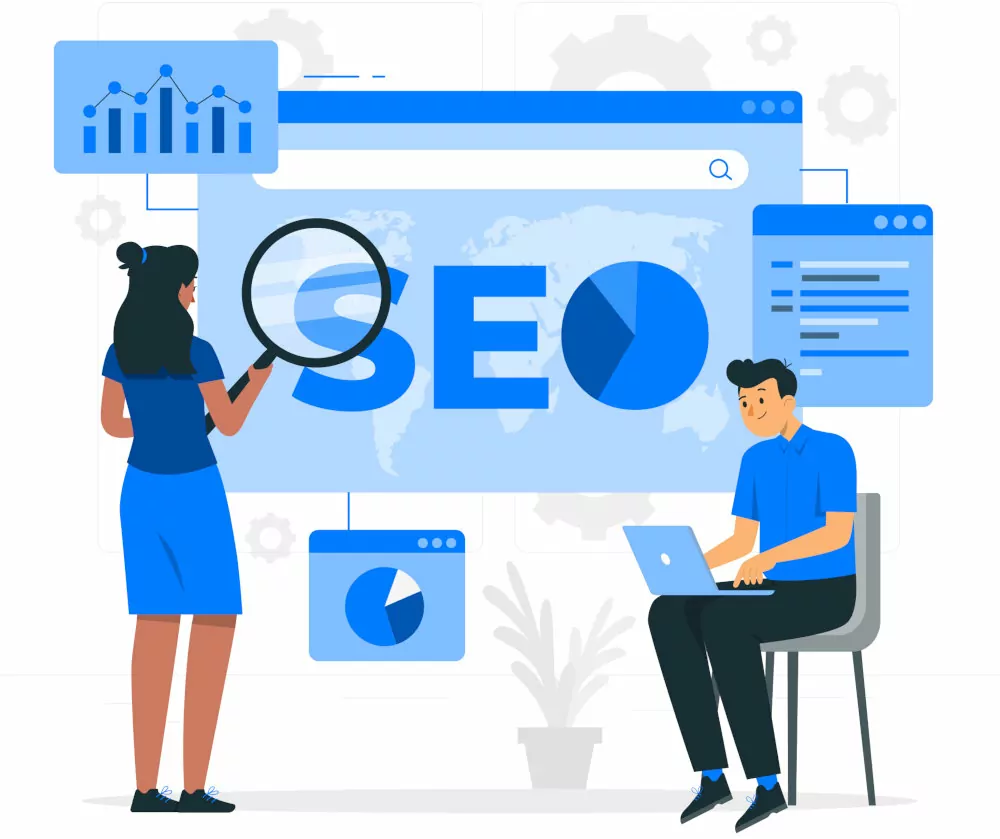
Now that SEO doesn’t sound like an alien and you know what you’re working with, let us explore proven strategies to boost your online visibility and rank highly in search engines.
I have a quick confession. When I started my first website several years back, I had no idea what SEO was. Yours truly figured if I created “enough” content, people would flock in.
Boy was I wrong. Speak of unrealistic expectations.
So I researched and learned a lot from the likes of Neil Patel, Brian Dean, Moz, Google, and several free and paid courses.
Then I implemented the strategies I am about to share and whoa! – my SEO rankings and traffic picked up almost instantly.
Then I stopped updating that blog regularly due to other offline commitments and lost my rankings! I learned it’s important to update your blog content frequently to stay relevant and rank in search engines.
With that out of the way, the SEO techniques and tips we share below will work whether you’re targeting local or international markets. You also don’t need a huge budget.
Define Your Target Audience
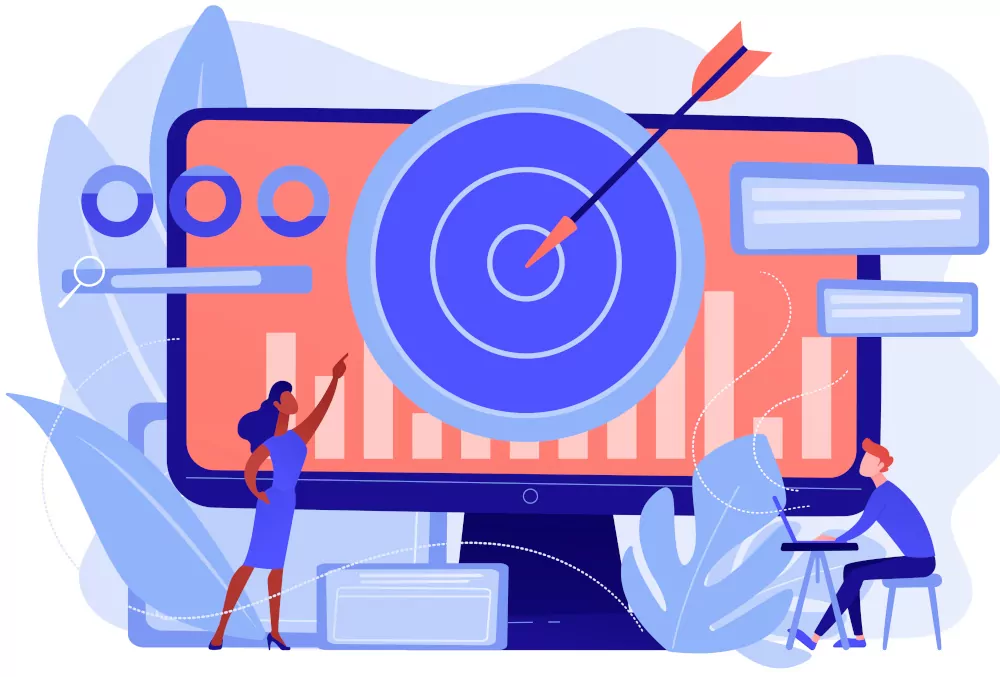
Starting without understanding your target audience is one of the first cardinal sins you can commit when implementing SEO for your small business.
Surprisingly enough, that is what most of us do, or at least what I did. From my experience, it’s a ludicrous waste of time and resources because you will get nowhere.
Remember clinching higher rankings is not about “gaming” search engine algorithms using black hat SEO techniques. It has everything to do with providing high-quality, valuable, and relevant content to meet your target audience’s needs.
In other words, you want to create content attuned to your target audience’s needs that Google wants to rank you over the competition for your keywords. It’s as simple as that.
But how will you do that if you don’t know your target audience? Writing for the entire world is a complete waste of time and resources.
You want to niche down, so you can create actionable and useful content that resonates with your audience.
When I started I didn’t define my target audience. As a result, I wrote a series of disjointed blog posts and figured people would come. They never did.
But, unfortunately, that is not how it works as I later came to learn. Starting without a clear target audience will delay you from realizing set business goals. It will be like playing Duck Hunt with your eyes closed.
Bird’s eye view…
You want to have a bird’s eye view of your target audience. Consider answers to questions such as:
- Who are they? Who are you trying to attract with your content? You don’t want to target the entire universe. You want to target a specific category (or niche) of people most interested in what you offer;
- Where do they live? For a small business, you want to pinpoint where your target audience comes from. If you sell plumbing services in the New York area, you probably don’t want to target people in New Delhi, India. Local SEO helps with this;
- What are their pain points? With a clear understanding of the target audience, you can tell their pain points and create content that addresses these needs. Google and other search engines value content relevance as a ranking signal;
Wait, but there is more…
- What are their shopping habits and budget? By understanding the preferences, needs, and consumer habits of the target audience, you can provide value in the moments that matter most, enhance your reach, and influence purchase decisions;
- Where do they hang out online? With off-page SEO, you want to reach prospective customers on the platforms they frequent. If they primarily hang out on TikTok, you might want to add the platform to your SEO strategy. And so on;
- What content do they prefer? Some users love long reads. Other users like videos or audiobooks, and another segment prefers a mishmash of everything. With a clear picture of the target audience, you can deliver content in the most impactful format while boosting engagement.
These are just a few questions you should ask yourself when creating your target persona profile. The overarching goal here is to understand who you are creating content for. Shoot out of the blues and you will probably shoot yourself in the foot.
Related resources:
Defining your target audience is a whole post on its own but I found these guides quite useful:
- How to Find Your Target Audience by Neil Patel;
- How to Find Your Target Audience in 5 Steps – HubSpot;
- How to Find Your Target Audience – Market Evolution.
Do I need to remind you that many small businesses waste billions of dollars thanks to poor ad and SEO campaigns that fail to engage the target audience?
Take time to identify the individuals you want to reach (the people who most likely want your products or services), which leads us to the next section.
Conduct Keyword Research
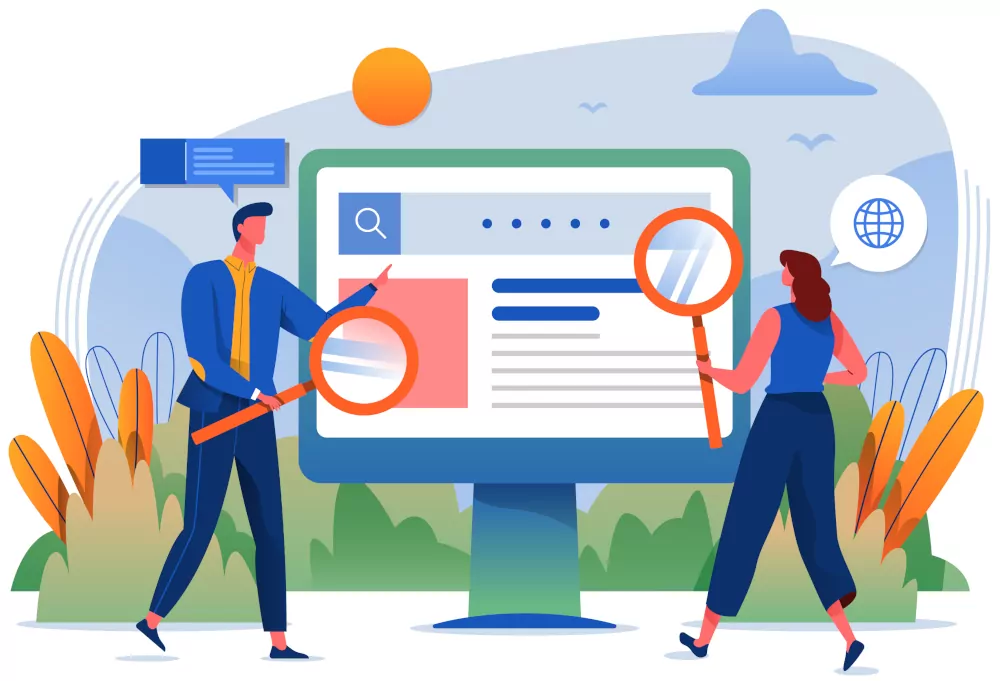
Now that you have a clear picture of the target audience, you can easily perform keyword research for your small business.
Keyword research is the foundation of SEO and other forms of digital marketing. It involves identifying the words and phrases people use to find your content, products, or services.
For instance, if you were looking for a new pair of running shoes or headphones, you’d probably enter “Nike running shoes,” “shoe stores near me,’ or “Bluetooth headphones with noise canceling” into Google.
Google will then find the most relevant results and show them to you. The same applies to your web visitors.
They take to Google and other search engines whenever they want to find content, products, or services.
Astute keyword research ensures you can identify the words and phrases that your target audience uses to find what you offer. Then you can create content that matches their search intent.
You can categorize search intent into three main categories:
- Informational intent – Web visitors want information or answers to straightforward questions. For example, “how to choose the best translation service” or “how to master business translation.”
- Navigational intent – Visitors are actively looking for a specific page or website. For example, “Facebook login” or “Bose website.”
- Transactional intent – The user’s search query demonstrates they are ready to purchase. For instance “buy running shoes” or “buy headphones online discount.”
- Commercial investigation – The searcher is considering a purchase and is comparing options. For example, “best running shoes for men.”
Understanding the search intent lets you create content that not only ranks highly but also meets the needs of your target audience, which leads to more engagement and conversions.
As a small business, you should only focus on keywords most relevant to your content, products, and services.
Targeting the right keywords will help you attract your audience – the people most likely to convert into customers.
And do you know the best part? Keyword research need not be challenging with many free and paid SEO tools such as:
- Google Keyword Planner;
- Google Search Console;
- AnswerThePublic;
- Ubersuggest;
- Ahrefs;
- Semrush;
- Moz Keyword Explorer;
- And more.
What’s more?
If you have a physical presence, you should consider implementing local SEO. Local keywords contain specific geographic locations such as city names, states, and regions.
For instance, a small business might want to target “web design services in Austin” instead of the broader term “web design services.”
You can use Google Autocomplete, Google My Business Insights, and the SEO tools above. With that last one, choose a specific location beforehand.
In addition, don’t forget to use long-tail keywords that are often longer and more specific. For example, “affordable SEO services for small businesses in Boston” instead of “SEO services.”
Although they attract low traffic, long-tail keywords normally lead to higher conversion rates since they capture more targeted search intent.
Another great way to refine your keyword strategy is competitor analysis. This involves identifying the keywords the competition ranks for to uncover opportunities you might have missed.
Tools such as Ahrefs and SEMRush come with competitor analysis features that make this all too easy.
On-Page SEO Optimization

As we hinted earlier, on-page SEO involves all optimization techniques you apply to your website content to increase its ranking and visibility in search engines.
The goal is to make your website content, structure, and user experience as search-engine-friendly as possible.
Here are a few on-page SEO strategies to keep in mind:
Title Tags and Meta Descriptions
The title tag is one of the most important elements of on-page SEO. It’s the clickable headline that searchers see in results and plays a key role in determining whether or not to click through.
So, how do you write SEO-friendly titles?
First, include your primary keyword at the beginning of the title to let users and search engines know what the page is about. For example “Best SEO for Small Business: Everything You Need to Know” immediately tells you what you’ll learn in the article.
Secondly, keep SEO titles short and compelling. Aim for about 60 characters to ensure the title is visible on search results pages. At the same time, use action words that entice users to click through to your website.
Meta descriptions are short summaries that appear under the title in search engine results. While they don’t directly impact rankings, they can boost click-through rates significantly.
As with title tags, include your keywords in the meta description. These keywords are often highlighted in search results making them stand out to users.
Also, write clear and compelling meta descriptions that summarize the page and encourage users to click. Include call-to-action phrases such as “learn more,” “find out more” etc., that prompt users to take action.
If space allows, include your brand name at the end of the title. This is especially useful for the homepage and other brand-focused pages.
Optimizing Content
As far as SEO for small businesses goes, content is and will always be king. I am talking about high-quality and relevant content that satisfies the search intent and meets the user’s needs. This kind of content tells search engines your website is a valuable and trustworthy resource worth higher rankings.
First, you want to be strategic with keyword placement. Include your primary keyword in the first 100 words, throughout your content, and in headings. For example, we aim for “best SEO for small business” with this article.
Don’t forget the value of local SEO keywords especially if you have a physical location. It helps your business appear in search engine results when customers nearby are looking for your products or services.
While at it, remember to set up and optimize your Google My Business profile. It is a free way to rank higher and ensure your business appears in the map section for local searches.
In all you do, avoid keyword stuffing. Use keywords naturally and contextually within your content.
Second, use heading tags (H1, H2, H3, etc.) in your content. Your page should have a single H1 tag, normally the main title.
Then use subheadings (h2, H3, etc.) to break your content into easy-to-read chunks. This makes your content digestible and tells search engines what the page is about.
Thirdly, ensure you create comprehensive content that covers the topic thoroughly. Page with in-depth content that satisfies the user intent rank higher in search engines.
Speaking of high-quality content, you should include multimedia elements such as images, videos, and infographics to make your website more engaging and help explain hard topics.
Optimize multimedia elements accordingly. For instance, use descriptive keyword-rich file names and alt text for images. On top of that, add transcripts and captions to videos to boost SEO and user experience.
Another thing, don’t forget to implement internal linking. This practice allows users and search engines to find more of your content. It is an effective way to distribute page authority and improve user experience.
Free tools such as Yoast SEO, Rank Math, or All In One SEO can help you optimize your content quickly even if it’s your first time.
Off-Page SEO for Small Business
The best SEO for small businesses also involves off-page strategies. These are all optimization techniques you do outside your website to boost authority, trust, and reputation.
First, you should endeavor to acquire more high-quality backlinks. Also known as inbound links, backlinks are links from another website.
Why are backlinks important for SEO?
Search engines view backlinks as votes of confidence. Many high-quality links from reputable websites tell search engines like Google that your site is valuable and trustworthy.
On top of improving authority and trust, backlinks can also earn you a lot of referral traffic from other websites.
How to Acquire Backlinks
Scoring high-quality backlinks shouldn’t be challenging. With a little effort, you don’t even have to spend money to create a strong backlink profile. Remember the goal here is to aim for quality and not quantity. Also, don’t forget to link to relevant content and websites.
- Guest blogging – Guest blogging is one of the easiest ways to acquire high-quality links quickly. You write high-quality articles for other websites in your industry. In return, you get a backlink to your website;
- Content marketing – You should create high-quality and shareable content like articles, videos, and infographics that people want to link to. Unique content that solves problems tends to attract more backlinks;
- Broken link building – Reach out to reputable websites with broken links. Let the owners know they can replace the broken link with relevant and valuable content on your website. It’s a win-win: the site owner gets value and you earn a backlink;
- Skyscraper technique – First, identify the best content in your industry and create something better. Then reach out to sites that link to the original content and suggest they link to your improved content instead;
Social Media Engagement
While social media links don’t impact search engine rankings directly, they can help you drive traffic, increase visibility, and boost brand awareness.
Sharing your content on social media platforms is a cost-effective way of driving traffic to your site. More traffic leads to higher engagement metrics, which influences SEO by improving your site’s overall authority and trust.
Secondly, social media lets you interact with your audience, bloggers, influencers, journalists, and other businesses. You can build strong relationships leading to more mentions, shares, and backlinks.
Social media engagement need not be challenging. Post consistently, engage with your audience, use hashtags strategically, and leverage influencer marketing.
Measure and Track SEO
Tracking and measuring your SEO performance is important to understand the effectiveness of your SEO strategy and make data-driven decisions.
Key SEO metrics to monitor include:
- Organic traffic;
- Keyword rankings;
- Click-through rate;
- Bounce rate;
- Conversion rate;
- Page load time;
- Backlink profile;
Use tools like Google Analytics, Google Search Console, Ahrefs, SEMRush, Google PageSpeed Insights, and Moz to track and measure your SEO success.
Multilingual SEO
The best SEO for a small business should consider multilingual SEO. Targeting multilingual audiences is a fantastic way to expand your market reach in new regions.
You will be glad to learn that creating a multilingual website with WordPress is incredibly easy and cheap (if not free).
You only need a tool such as TranslatePress.
The plugin comes with TranslatePress AI, which translates your entire website content using a combination of the world’s leading neural machine AI translation engines, such as DeepL, Google Translate, and Microsoft Translator.
In addition, TranslatePress AI detects and translates any new content or changes, including SEO metadata, ensuring your AI website translations are current and follow multilingual SEO best practices.
This means you get high-quality and more accurate translations than one service can offer. All of that without spending a fortune or wasting time configuring complicated APIs.
TranslatePress Multilingual
You can start now. After all, TranslatePress has a free version on the official WordPress website. However, you will need the premium version to unlock TranslatePress AI, SEO functionality, and more features.
The Best SEO for Small Business: Conclusion
Implementing the best SEO for a small business shouldn’t be challenging or expensive. You can easily rank your website on Google. I have done it. Many have done it before.
Follow the above tips and you will rank your content on the first page of Google in no time. In summary, define your audience, perform keyword research, create stellar content, and acquire backlinks.
Before I go, SEO is a long-term strategy to drive traffic to your website. Don’t expect results immediately. However, if you put in the effort, it’s a sustainable source of traffic that will work for years.
Did we miss anything? Please let us know your thoughts in the comments and share the article.
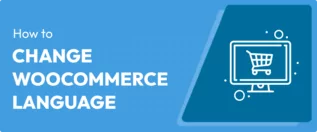
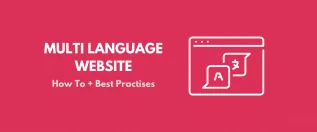

Great info, thanks for sharing.
Thank you Amr for passing by and the compliment 🙂 We take a lot of effort and pride in writing these articles!
I particularly appreciate the emphasis on affordable strategies that small businesses can implement without needing extensive resources. Nice